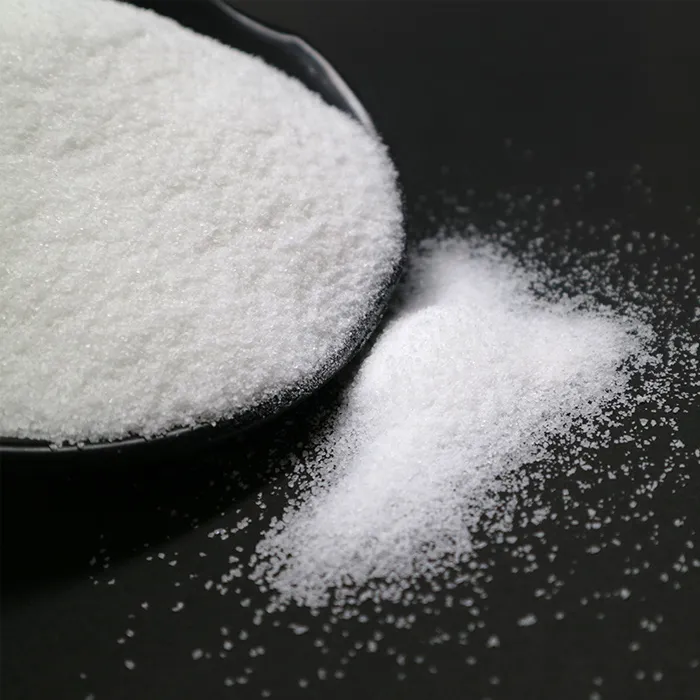Water and Wastewater Treatment Chemicals Essential Agents for Environmental Protection
Water is one of the Earth’s most vital resources, playing a crucial role in sustenance and development. However, with increasing industrialization and urbanization, the quality of water sources is under relentless pressure. This necessitates the need for efficient water and wastewater treatment, which heavily relies on a variety of chemical agents. These chemicals not only facilitate the purification process but also aid in the maintenance of ecosystem health.
The Importance of Water Treatment Chemicals
Water treatment chemicals are essential for several processes, including disinfection, coagulation, flocculation, and stabilization. Each category of chemicals serves a specific function that collectively contributes to making water safe for consumption and the environment.
1. Coagulants Coagulants, such as aluminum sulfate and ferric chloride, play a critical role in the coagulation process, which removes suspended particles from water. When added to water, these chemicals neutralize the charge on particles, allowing them to clump together and settle out of the water column. This is particularly crucial in treating surface water that may contain sediments, organic matter, and pollutants.
2. Flocculants Following coagulation, flocculants, such as polyacrylamide, are used to promote the aggregation of flocs into larger particles, facilitating their removal through sedimentation or filtration. This step is vital in enhancing the overall efficiency of the water treatment process and ensuring the clarity of the final product.
3. Disinfectants Ensuring the microbiological safety of drinking water is arguably one of the most important roles of water treatment chemicals. Chlorine, chloramines, ozone, and ultraviolet (UV) light are commonly used disinfectants. They eliminate pathogens such as bacteria, viruses, and protozoa, thereby reducing the risk of waterborne diseases, which remain a significant public health concern worldwide.
water and wastewater treatment chemicals

4. pH Regulators The pH of water is a critical factor that affects chemical reactions and overall water quality. Chemicals such as lime or sulfuric acid are commonly employed to adjust pH levels to optimize the performance of other treatment chemicals, improve disinfection efficacy, and reduce the corrosion of pipes.
5. Nutrient Removal Agents In the treatment of wastewater, removing excess nutrients like nitrogen and phosphorus is essential to prevent eutrophication in receiving waters. Chemicals such as aluminum sulfate and various ion exchange resins help in precipitating these nutrients, ensuring that treated water is safe to be discharged into natural water bodies.
Environmental Considerations
While water treatment chemicals are indispensable in ensuring water quality, their use is not without environmental implications. Chemicals like chlorine can produce harmful byproducts such as trihalomethanes (THMs) when they react with organic matter. Therefore, regulatory frameworks and best practices are essential to minimize such risks.
Moreover, the production and disposal of these chemicals must be managed properly to reduce their ecological footprint. The transition towards greener alternatives, such as bio-based coagulants and advanced oxidation processes, is gaining traction as the industry aims for sustainable practices.
Conclusion
Water and wastewater treatment chemicals are indispensable tools in addressing the global water crisis. Their essential functions facilitate the purification of water, making it safe for consumption and environmentally sustainable. As we face increasing pollution levels and population growth, continuing to innovate and optimize these chemical strategies will be critical in securing clean water for future generations. Additionally, understanding and mitigating the environmental impacts of these chemicals will ensure that the solutions we implement today do not compromise the ecosystems we rely on. As we move forward, a balanced approach that emphasizes both efficacy and environmental stewardship will be vital for the sustainable management of our precious water resources.

